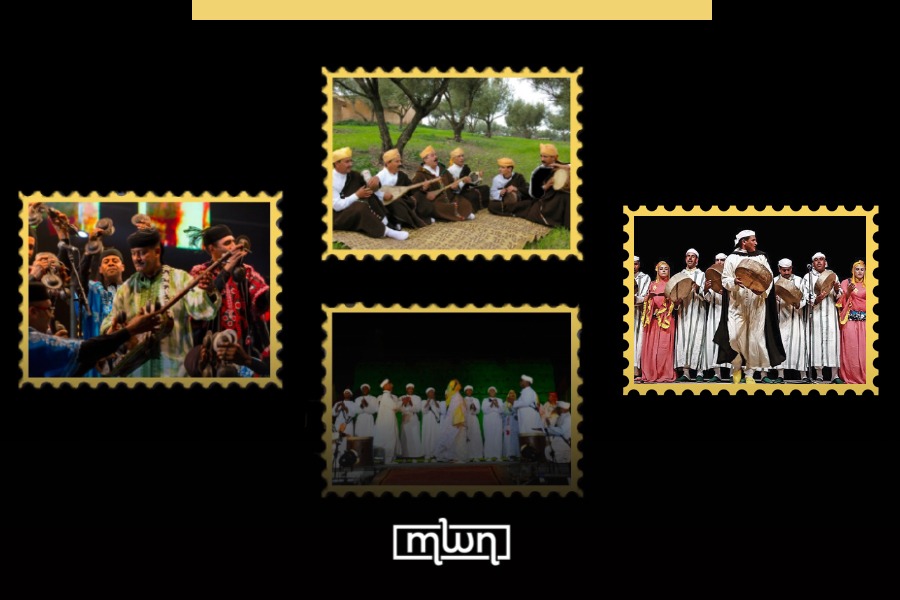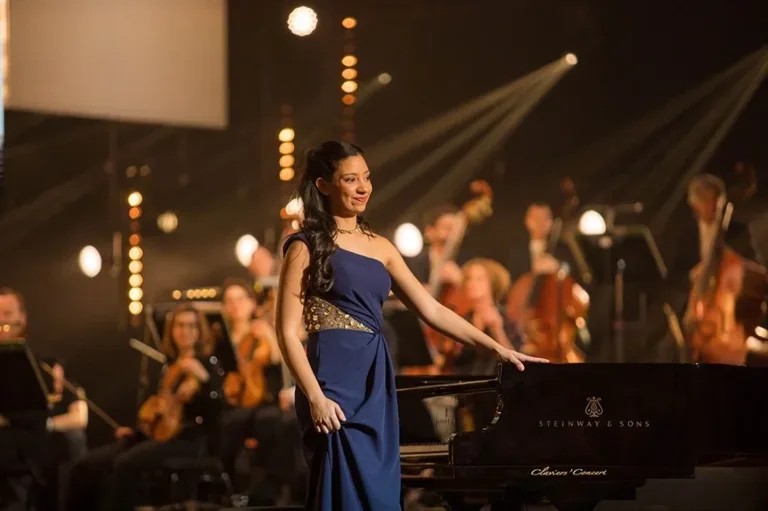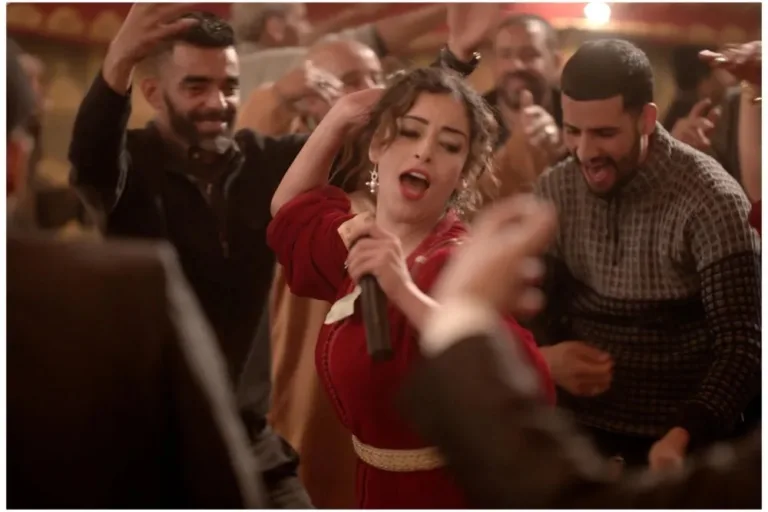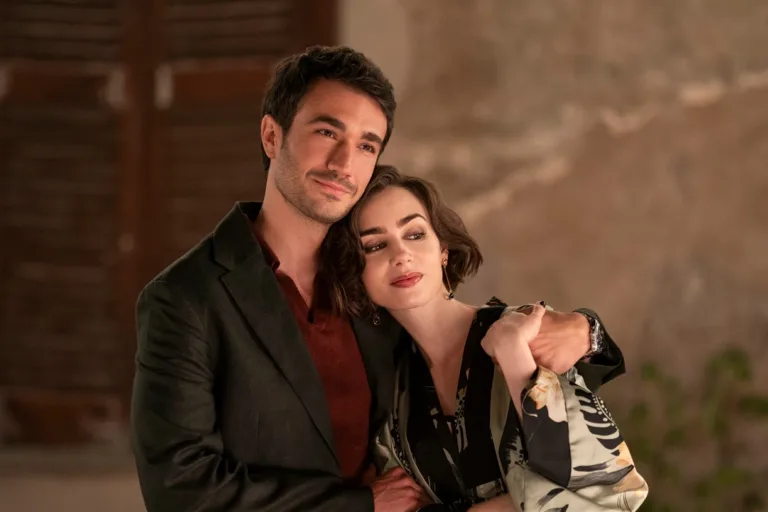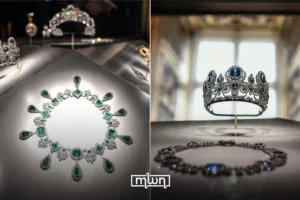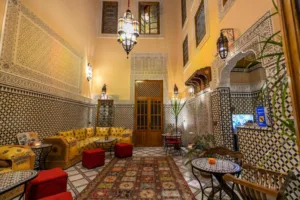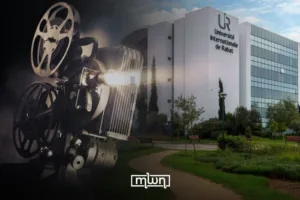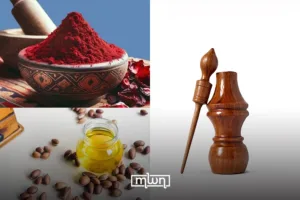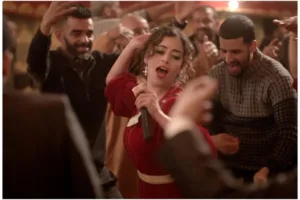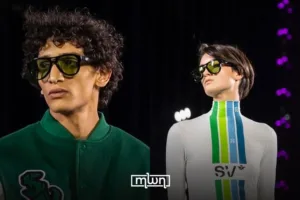In the heart of Morocco, music serves as a silent witness to centuries of hidden tales.
Fez – Morocco is a country rich in musical diversity, reflecting its unique position as a crossroads of cultures.
Each region boasts its own musical traditions, shaped by history, geography, and the people who call it home.
Despite these differences, Moroccans embrace the variety of their musical heritage, often enjoying and participating in styles far removed from their regional roots.
This creates a vibrant “salad bowl” of cultural coexistence, where each element retains its uniqueness while contributing to a shared identity.
L’hayt
In the western regions of Morocco, including Kabail Zair and Chawya, L’hayt is a popular musical genre.
It is characterized by lively rhythms and expressive lyrics, often accompanied by traditional instruments like the bendir and the ney.
This style reflects the rural lifestyle and communal spirit of the area, often performed during celebrations and gatherings.
L’ayta
In regions such as Chawya, Doukkala, Abda, and Tadla, L’ayta takes center stage. This genre is deeply rooted in the oral traditions of the plains, with themes ranging from love to resistance.
The vocal performances in L’ayta are powerful and emotional, often telling stories of the region’s history and struggles.
Ahidouss
Moving to the Atlas Mountains, we find Ahidouss, a musical and dance tradition of Amazigh communities.
This genre is performed by groups in a circular formation, with rhythmic clapping and poetic lyrics. Ahidouss celebrates unity and connection, often seen during festivals and important community events.
Gnaoua
In the southern parts of Morocco, Gnaoua music holds a special place. With roots in sub-Saharan Africa, this genre combines spiritual chants, hypnotic rhythms, and the deep, resonant sound of the guembri.
Gnaoua music is not just entertainment but also a form of spiritual healing and connection.
Reggada
In the eastern regions of Morocco, Reggada dominates. This genre blends Arab and Amazigh influences, featuring energetic beats and fast-paced rhythms.
Reggada’s vibrant dances and drum-heavy performances make it a favorite at weddings and celebrations, embodying joy and festivity.
Jebli
In the northern Jebala region, Jebli music is known for its soft, melodic tunes. Accompanied by instruments like the oud and the violin, Jebli songs often revolve around themes of love and nature.
This style reflects the serene and green landscapes of the region.
Rekba Zagoria
From Zagoura in southern Morocco comes Rekba Zagouria, a musical tradition deeply tied to the desert’s nomadic heritage.
With rhythmic drumming and call-and-response vocals, this genre mirrors the resilience and spirit of the people living in the harsh desert environment.
While each genre is tied to a specific region, Moroccans across the country appreciate and adopt these styles in their daily lives.
It is common to find someone from the West dancing to Reggada or a northerner enjoying Gnaoua music.
This cross-cultural appreciation is a testament to Morocco’s unity in diversity. Music in Morocco is more than entertainment; it’s a bridge that connects people, preserving traditions while fostering mutual respect and understanding.
Read also: How a Vietnamese Village Ended Up in Morocco and Thrived

